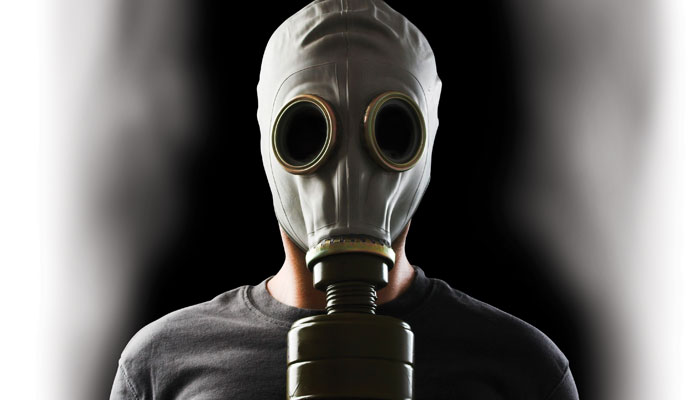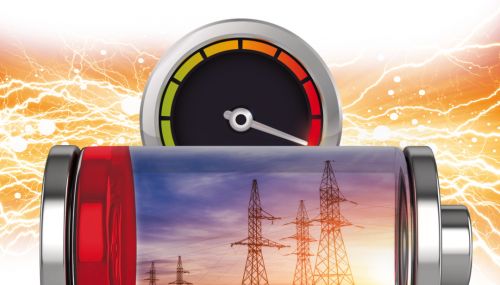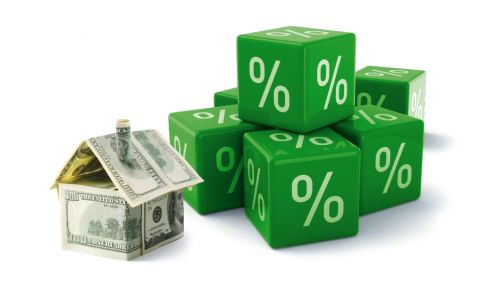Do you smell gas? Well maybe not, but you certainly have been hearing about it. The media has been full of natural gas stories – from exports and shortages, to a focus on methane pollution and neighborhood gas leak issues.
Natural gas is a hot issue in Washington these days. In late March, the White House announced plans to reduce methane emissions and address climate change. The plan outlines both regulatory and voluntary actions that federal agencies would undertake before the end of 2016.
The strategy targets industries creating the largest percentage of domestic methane emissions; agriculture (36 percent), natural gas systems (23 percent), landfills (18 percent), coal mining (10 percent), petroleum systems (6 percent), and wastewater treatment (2 percent).
The 15-page plan proposes using voluntary programs to reduce methane emissions in the agriculture sector but outlines the probability of issuing new regulations and guidelines to reduce methane emissions for the energy markets.
As usual, the gas industry says there’s no need for any new regulations, while the environmental groups say that action is long overdue and we should do more.
Earlier in March, the President had suggested using natural gas exports as an economic response to Russian aggression while providing additional energy security to our allies and trading partners in Europe. Currently about one-third of Europe’s natural gas comes from Russia.
As you might expect, the talk of exporting natural gas sparked a bit of debate and criticism. Projections for higher domestic prices, this winter’s gas and propane shortages, and environmental concerns are three significant hurdles for the industry to deal with.
Shortages Shift Demand to Heating Oil Dealers
Primarily due to colder weather, natural gas consumption over this winter was 13 percent higher than the five-year average, bringing down natural gas storage inventories to the lowest they’ve been since 2003.
There were several supply issues over the winter. With the higher demand, New York utility companies consistently implemented gas supply rationing, forcing interruptible load customers to switch to alternative fuels, primarily heating oil.
But some of the region’s natural gas supply shortfalls could be short-lived. A proposed 124-mile pipeline project would connect domestic gas production in northeastern Pennsylvania with markets in northern Pennsylvania and southern New York by early 2016.
Neighborhood Gas Leaks
Just about every town has them – aging gas pipelines with a few leaks and problems here and there. Eventually, the utilities say, they will get to them. Not many of us realized how big the problem really was, but estimates of the number of gas pipeline leaks are staggering. By some estimates, there are more than 20,000 gas leaks in Massachusetts alone, including more than 3,400 in the City of Boston.
While federal agencies consider rules and regulations to reduce methane leakage from the well site through the production process, state and local governments are taking action to tackle gas leaks in their communities. Leaking pipes not only pose grave safety risks, they also have serious environmental consequences.
Several states are proposing legislation that basically requires the gas companies to identify, track and fix leaks in a timely manner, while complying with their state’s climate mandates.
States like Massachusetts are moving to prioritize the gas leaks issue and make the changes that are needed to minimize the devastating short-term safety concerns, as well as the long-term environmental damage.
To be fair, a local gas company spokesman said that they routinely inspect and monitor their system and have replaced about 500 miles of leak-prone gas mains since 2010.
Who Pays For Leaks?
Gas that doesn’t reach the consumer is called lost or unaccounted for gas and is paid for by the ratepayer. Disincentives to pipeline repairs have given us a backlog of tens of thousands of costly and hazardous leaks.
Leaking pipelines are estimated to release between 8 and 12 billion cubic feet of methane every year in Massachusetts alone, according to a study released in 2013 by Senator Ed Markey’s office. The state’s gas customers paid between $640 million and $1.5 billion from 2000-2011 for gas that never reached their homes and businesses. Another report suggests that the cost of gas leaks adds up to about $39 million a year for Massachusetts’ ratepayers.
Simply put, the gas companies don’t want to put crews on the road and make repairs, because they pay for that work. If the leak is left unfixed, the ratepayers pay for the lost gas. Considering the safety and environmental concerns, clearly the incentives here are in the wrong place.
If ratepayers in Massachusetts are paying $39 million each year for lost gas, I have to think they would rather see that money invested in pipeline repairs. And 20,000 repairs would put a lot of folks in the state back to work.





